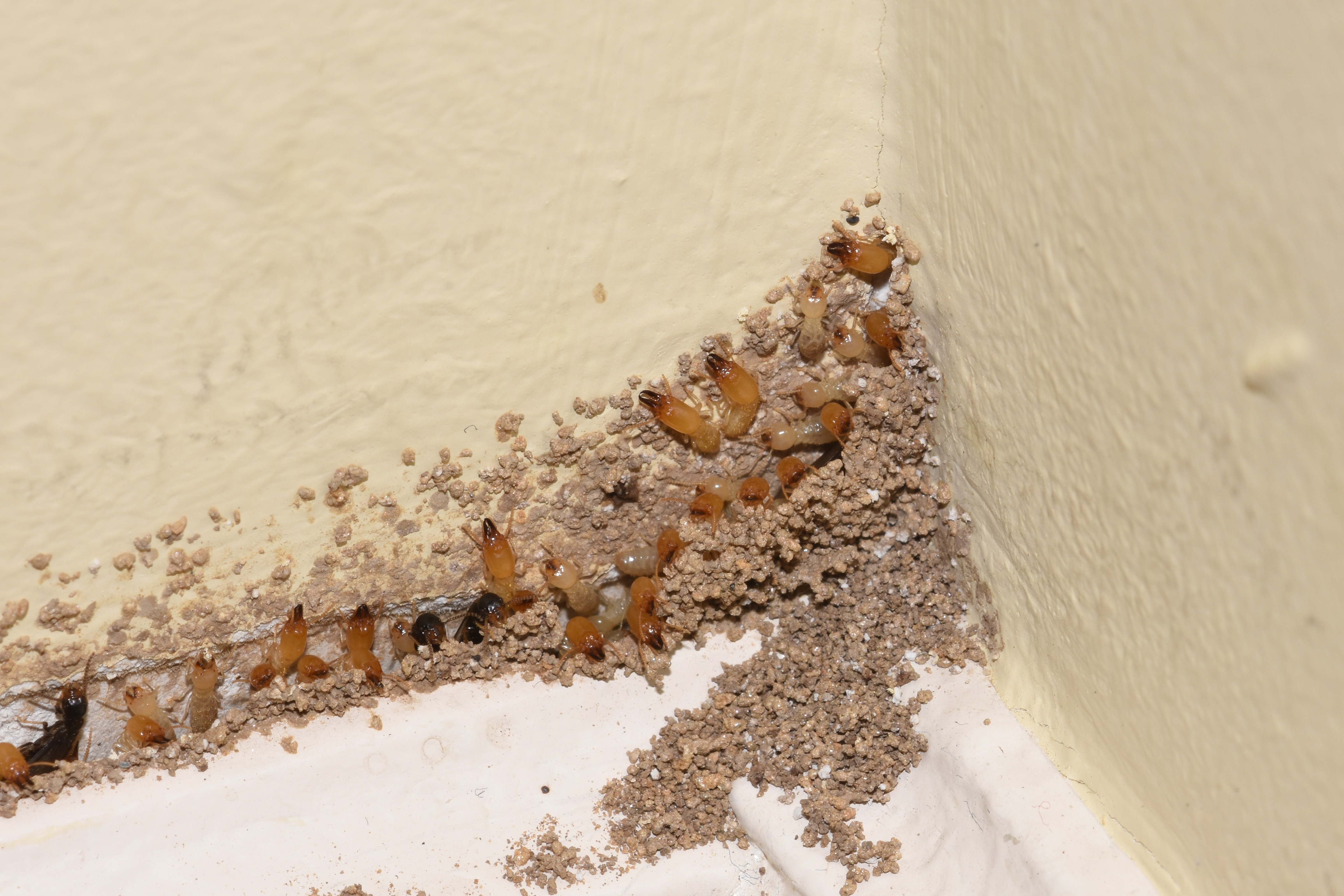Termite fumigation—just the mention of it can send shivers down a homeowner’s spine. It’s a topic that ignites passionate debates, with some swearing by its necessity, while others label it as mere overkill. Imagine your cozy abode suddenly transformed into a gas-filled fortress, all in the name of eradicating those silent destroyers lurking in the shadows.
The stakes are high: unchecked termite activity can lead to structural devastation, yet the thought of subjecting your home to such an invasive procedure raises questions. Is fumigation really the ultimate solution, or is it an exaggerated response to a problem that might be manageable through less drastic measures?
In this exploration, we’ll dive into the world of termite control, weighing the pros and cons of fumigation against alternative treatment methods, and seeking to unravel the true necessity of this contentious practice.
Understanding Termites: The Silent Destroyers

Termites, often dubbed the silent destroyers, present an unseen threat to homes and properties, feasting on the very structure that provides shelter and security.
These small but formidable insects work diligently beneath the surface, their presence often unnoticed until the damage becomes glaringly apparent.
While they primarily thrive on cellulose found in wood, they can also munch on paper, insulation, and even some plastics, creating a cocktail of destruction that can escalate rapidly.
A colony can number in the thousands, operating with a complex social structure and a singular mission: to consume and dismantle. The quiet nature of these pests is what makes them particularly insidious—their relentless work can leave homes vulnerable, resulting in costly repairs that might catch homeowners unprepared.
Understanding their behavior and habits is essential, as most homeowners might only realize they have a problem when its too late, underscoring the need for vigilance in termite monitoring and prevention strategies.
Signs of a Termite Infestation

Identifying the signs of a termite infestation can be a daunting task, as these wood-destroying pests often operate silently, leaving little evidence until significant damage has occurred. Homeowners may notice small, discarded wings near windowsills or light fixtures, a telltale symptom of swarming activity.
Additionally, hollow-sounding wood when tapped or the presence of mud tubes along foundations are red flags signaling an invasion.
Signs may also include squeaky floorboards, buckled walls, or even frass—tiny, pellet-like droppings that resemble sawdust. Keep an eye out for these subtle signs, and remember, the sooner you act, the better the chances of minimizing the costly repairs that an infestation can bring.
Early Warning Signs to Look For
Recognizing the early warning signs of a termite infestation can save homeowners from costly damage and unnecessary stress. Look out for discarded wings near windowsills and doorways—these are often the remnants of swarming termites searching for a new colony. Additionally, be vigilant for wood that sounds hollow when tapped; this can indicate a thriving colony feasting inside.
Dark, mud-like tubes along walls or in crawl spaces are another red flag, serving as protective highways for these pests. Finally, unusual soft or sagging areas in wooden structures can suggest termite activity, signaling that immediate action may be necessary to prevent a more significant invasion. From subtle signs to obvious damage, being observant can make all the difference in early intervention.
Conclusion

In conclusion, termite fumigation, particularly through the process of termite tenting, remains a topic of considerable debate among homeowners and pest control professionals alike. While some may view it as an excessive measure, the reality is that termites can cause significant structural damage if left unchecked.
The decision to fumigate should be based on a thorough assessment of the infestation severity and the potential risks involved. Ultimately, by weighing the urgency of eradication against the associated costs and disruptions, homeowners can make informed choices that best suit their situations, ensuring that their properties remain safe and free from the threat of termites.




